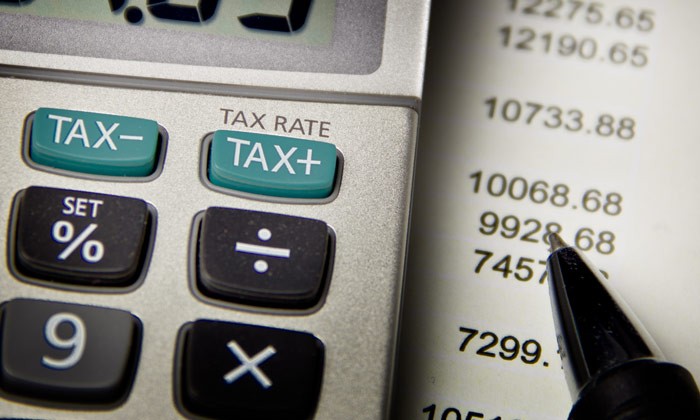Investors Guide to Exchange Traded Funds
Post on: 15 Июнь, 2015 No Comment

What is an Exchange Traded Fund?
An Exchanged Traded Fund or ETF for short, is a type of investment fund that is traded on a securities exchange or through a broker-dealer similar to a regular stock. ETFs are purchasable by pubic investors and represent an ownership interest in a basket of assets that may include stocks, bonds, currencies or commodities.
ETFs can be bought and sold throughout a trading day and typically trade close to their net asset value. Net asset value is just a fancy term for the value of the underlying securities held within the ETF. Changes in investor demand for an ETFs will cause it to trade above or below net asset value at times, but it should never be to far off or opportunities for arbitrage (ability to make a risk-less profit) will arise.
ETFs are a relatively new type of investment product, having got their start in the early 1990s, but only started to become popular in the early 2000s. Personally I believe demand for ETFs really started to take off because investors have become fed up with the high level of fees associated with mutual funds.
Why Should I Invest in ETFs?
Many investors find ETFs attractive because of their low expense ratios, tax efficiency and ease of diversification, while still maintaining many of the same characteristics and feature as common stock (limit orders, short selling, & options).
- Low Costs ETFs typically have lower costs compared to other investment products, specifically mutual funds. This is because most ETFs are not actively managed, do not incur costs related to investor redemptions/purchases and generally have low marketing, distribution and accounting expenses. Most ETFs have a MER (management expense ratio) of less than 1%, where by comparison most mutual funds have MERs greater than 2%. This difference in fees can have a substantial impact on your long term portfolio value, which is why more and more investors are adding ETFs to their portfolios.
- Tax Efficiency ETFs are tax efficient relative to other investment products because they generally do not turn over their portfolio securities very frequency, which leads to capital gains.
- Diversification ETFs allow investors to quickly, economically and easily diversify their portfolios without much effort. Most ETFs follow an index, which provides inherent diversification because they include many securities with different risk characteristics and different correlations to eachother. There are ETFs for broad-based international and country-specific indices, industry sector-specific indices, bond indices, and commodities.
Types of ETFs
There are many different varieties of ETFs out there. Some of the most common are
- Index ETFs Most ETFs are index based in the sense that they attempt to replicate the performance of a specific stock, bond, currency or commodity index by holding the same or representative sample of the assets in that index
- Stock ETFs — Any ETF that invests in stocks
- Bond ETFs Any ETF that invests in bonds
- Commodity ETFs — Any ETF that invests in physical commodities or commodities futures.
- Currency ETFs Any ETF that invest in currencies
- Leverage ETFs Often referred to as bear and bull ETF funds. Apply leverage to accelerate returns
How Do I Buy ETFs?
Buying ETFs can be accomplished through your broker. Remember ETFs trade on a securities exchange just like a regular stock. To purchase all you need to do is enter the correct ETF ticker symbol into your brokers order entry system to execute an ETF trade.
I personally use Questrade as my broker and one of the benefits is that they let you purchase ETFs for free. If I wanted to purchase the iShares S&P/TSX 60 Index Fund ETF with ticker symbol XIU I would submit my order by entering the ticker symbol into the order entry form below.














